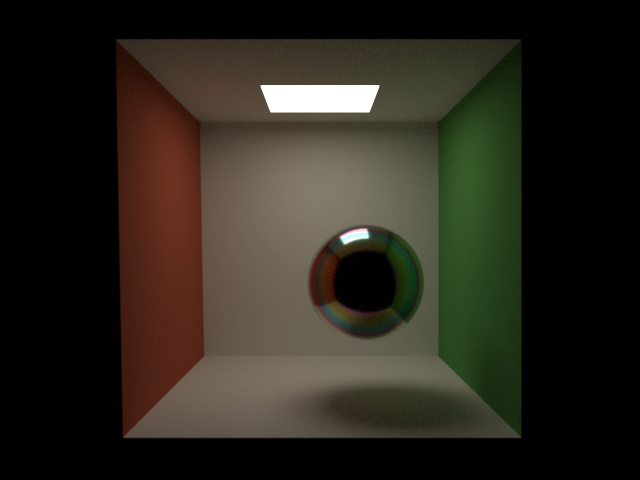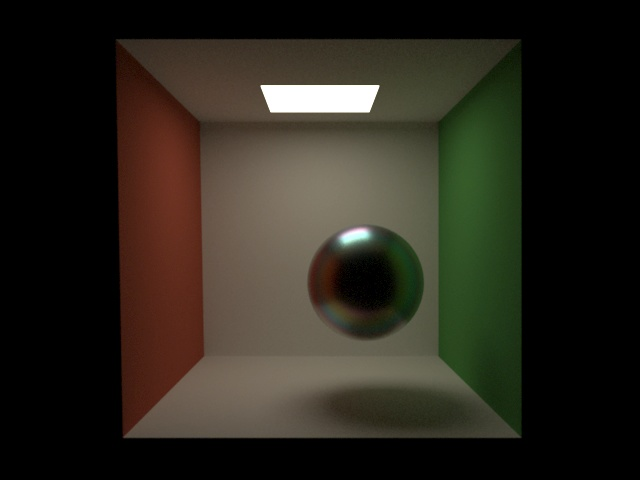| Section | ||||||||||||||||||||||
|---|---|---|---|---|---|---|---|---|---|---|---|---|---|---|---|---|---|---|---|---|---|---|
|
...
Some of the closures, for examples GGX and GTR, have been extended to render some relatively difficult effects. In particular, a lot of research have been done to render "thin film interference" on metallic surfaces. The 3Delight Metal material is a good example of usage.
The following parameters are recognized for the GGX and GTR micro-facet distributions:
| Parameter | Descriotion |
|---|---|
color realeta | Real part of the index of refraction of the thin film. |
color complexeeta | Imaginary part of the index of refraction the thin film. |
float thinfilmthickness | Thickness of the film on the surface. On metals, this corresponds to the thickness of the oxide. |
float thinfilmeta | The index of refraction of the film. On metals, this corresponds to the thickness of the oxide. |
float mediumeta | Index of refraction of the outside medium. Defaults to 1 (vacuum) if not specified |
Here is an example render of a steel sphere with a thin film of oxide ferum. It is rendered with varying roughness.
| R=0.05 | R=0.1 |
|---|---|
| R=0.2 | R=0.4 |
lockgeom is Gone



